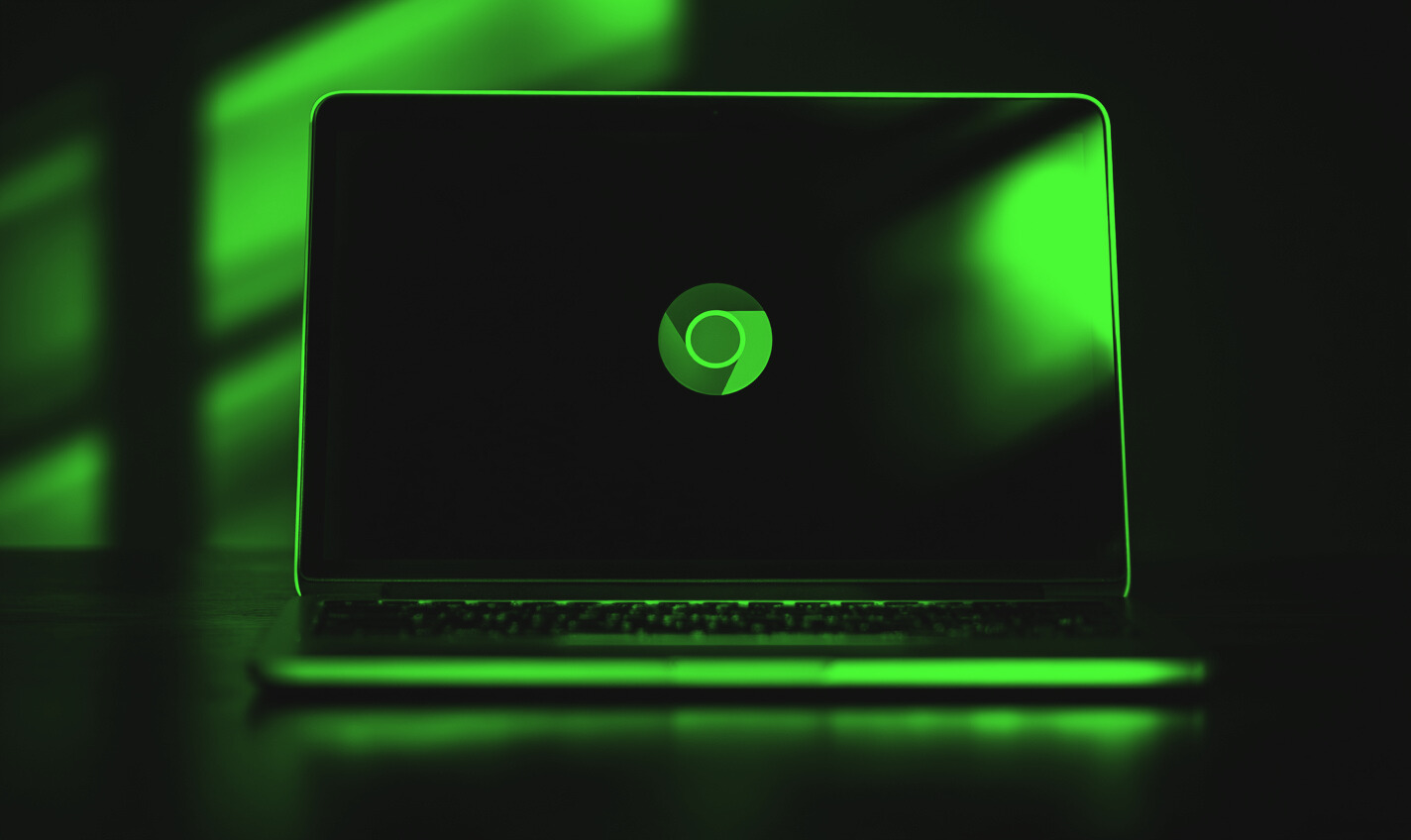Staying informed about the threats facing your computer is the first step in defending against them. If you know what to watch out for, you can more easily avoid risks. A good place to start is with knowing the many types of computer virus that are out there.
All viruses are malicious bits of code that spread from user to user, harming their host computers. Different types of computer viruses go about this in a variety of ways, though. Knowing some common signs of these viruses will help you stay protected.
Virus vs. Malware
You may hear people use the words “virus” and “malware” interchangeably, but that’s not entirely correct. Think of it like rectangles and squares. All squares are rectangles, but not all rectangles are squares, and it’s the same with viruses and malware.
There are more than one billion pieces of malware on the internet right now, but not all of these are viruses. Some are aggressive forms of hacks and breaches, while others are subtler subcategories of malware. For instance, it’s also important to note that “ransomware” is a branch under malware. There can be different types of ransomware, and it can infect computers and cause irreversible damage, just the same as a virus would.
Viruses are a considerable portion of malware in general, so it’s critical to get a feel for what you could encounter one day. Here are the types of computer virus you may encounter.
1. Ransomware
First, let’s take a look at ransomware. This nasty piece of malware does as its name suggests — it will hold some of your files or data hostage and ask for ransom money. Ransomware works its way through your drives and will capture various extensions, like .PPT, .XLS and .DOC files.
Once it gets a hold of your files, it encrypts them so they’re inaccessible and will state that you need to pay a ransom in order to get the key that gives you access to your files again. Some experts say to avoid paying the ransom, but it’s tricky in the moment because the request could double in value.
Sometimes the key is in the encryption, but still, it’s a draining process that you’ll want to avoid. Keep an eye out for suspicious files that claim to be software updates.
2. Boot Secure Virus
Your computer’s master boot record is a special type of boot sector at the start of a drive, like certain disks or removable drives. Here is where your computer will locate the operating system and ensure that it will boot with the device’s storage and memory.
A virus that infects the master boot record is unfortunately one of the most dangerous you could be dealing with. Like many of the viruses on this list, it’s hard to remove and can encrypt the boot sector, which can damage the code.
Boot secure viruses originally came about with floppy disks, but have adapted over time through USB drives or emails. Money and NYB are common examples of this kind of virus.
3. Resident Viruses
Resident viruses hide in your computer’s RAM. Since they reside in the memory, they can infect any file that you run. As a result, resident viruses spread especially fast and cause as much damage as they can if not detected and removed early. However, there’s a slow version of resident viruses, too. These infect files at a much slower rate and are then harder to detect or notice.
Many types of computer virus need users to execute certain processes to work, but not resident viruses. Instead, whenever you run a program or open a file, it activates the virus. This all makes it particularly challenging to find and remove resident viruses.
4. Direct Action Viruses
Direct action viruses are another type of computer virus that puts your content at risk. These are similar to resident viruses, in the sense that their prime targets are files. Unlike resident viruses, though, direct action viruses go after file type, most often .exe and .com files. They attach themselves to a file and once you open it, they activate and spread.
Direct action viruses can restrict your access, but don’t delete anything or hinder your computer’s performance. They typically don’t hide in your computer’s memory either. You should be able to find them without much trouble once you encounter inaccessible files.
5. Overwrite Viruses
Viruses don’t have to be complicated to be effective. Overwrite viruses are a prime example of this concept, overwriting the content in a file, as their name implies, and residing in said file. This behavior means you must delete the infected file to get rid of the virus or else it will spread.
Since they destroy content, this type of computer virus is especially harmful and aggravating. You could end up losing content you were working on or have been saving for years. One of the most significant malware pandemics in history, the ILOVEYOU outbreak, involved overwriting.
6. Browser Hijackers
A less severe but more common type of computer virus is browser hijackers. Like overwrite viruses, these do what their name suggests they do. They take over your browser to redirect you to different websites.
Browser hijackers fall under the category of malware. These could happen somewhat commonly today, replacing a home page, search engine or even an error page with another site.
The websites browser hijackers open are often just irritating advertisements but could also be more malicious. You usually don’t have to worry about them much, though. Nowadays, most browsers include built-in protection against browser hijackers.
7. Multipartite Viruses
Multipartite viruses are one of the most threatening types of computer virus. Unlike most other viruses, multipartite viruses can infect your computer in a variety of ways. The method depends on your operating system and what kind of files you have, but multipartite viruses will usually have several openings. They can target both files and your computer’s boot sector simultaneously.
Since multipartite viruses can infect so many different applications, they can spread much faster than some other viruses. Upon replication, this virus also changes their binary pattern — antivirus software may not detect it due to it appearing as something else entirely after it switches.
Typically, you’ll need an advanced antivirus software or expert help since this form of computer virus is so adaptive and evasive.
Staying Safe from these Types of Computer Virus
It would be near impossible to list every specific type of computer virus out in the digital realm. These seven examples of computer viruses are some of the most common, though, and demonstrate a variety of virus behaviors. Understanding how they can infect your computer can help you know what you need to protect.
Antivirus software can take care of many of these viruses. Even with this layer of protection, though, you should be careful to avoid downloading any files that may be infected.
Now knowing the dangers of all the different types of computer viruses, you can navigate the internet with ease, staying safe and virus-free at all times.
Recent Stories
Follow Us On
Get the latest tech stories and news in seconds!
Sign up for our newsletter below to receive updates about technology trends




